How to Know If Your Team Is Really Doing MBSE
Self-Assessment Guide Model-Based Systems Engineering (MBSE) is more than drawing diagrams or using a modeling tool — it’s a disciplined approach to...
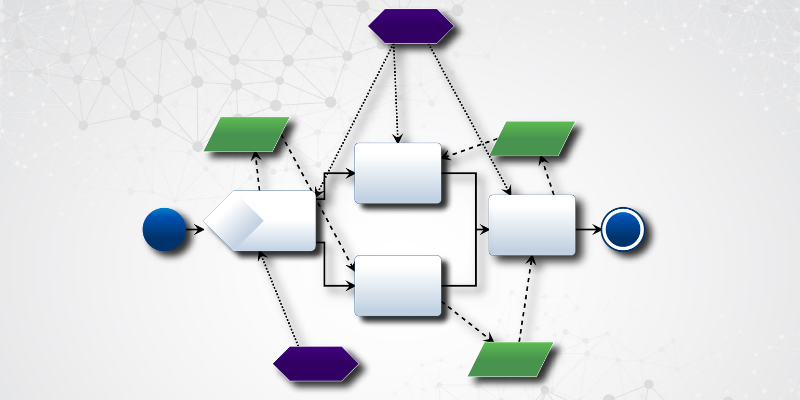
Starting your journey into Model-Based Systems Engineering (MBSE) can be daunting for you and your team. While engineers are well-versed in requirements management, the world of system modeling may seem overwhelming. This guide will walk you through the process of developing a system model and architecture using Innoslate, a powerful MBSE tool.
By the end, you'll know how to:
Choose the right modeling technique
Collaborate effectively with your team
Analyze and simulate your model’s behavior
Follow these 10 essential steps to get started with system modeling and simulation using Innoslate. To begin, create a free account at cloud.innoslate.com/signup.
You first need to understand the MBSE tool's interface. Take some time to explore the various features and components of Innoslate. Familiarize yourself with the navigation tools, user interface elements, and menu options. Understanding the layout will help you move around the platform efficiently and access the modeling tools.
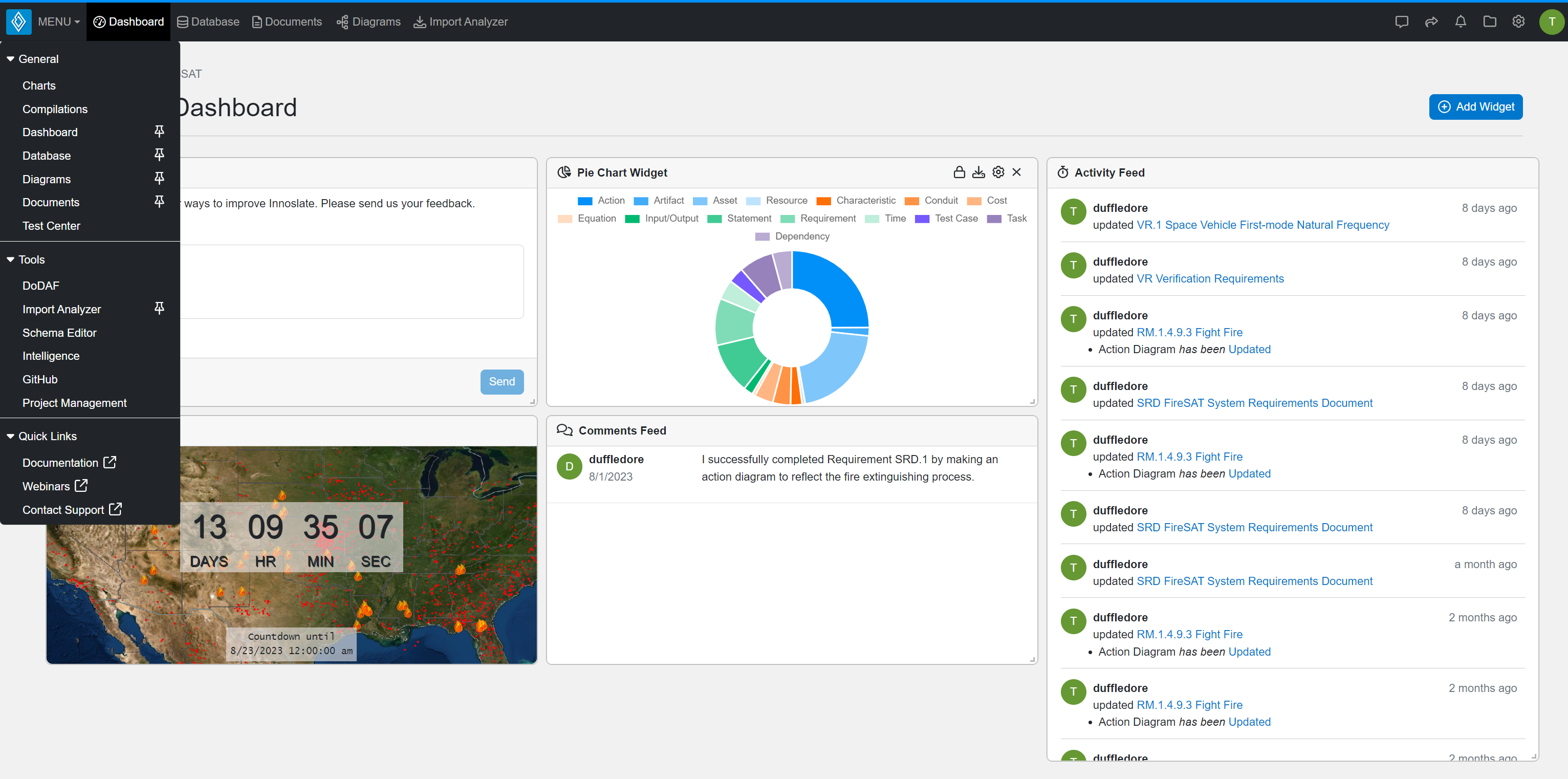
More Reading: Innoslate 101
Before building your model, establish clear objectives. Ask yourself:
What is the goal of the model? (e.g., analyzing a system, designing a process, capturing requirements)
What outcomes do you expect?
Determine the purpose of your model—are you aiming to analyze a complex system, design a new process, or capture detailed requirements? Defining your modeling objectives will serve as a guiding compass throughout the modeling process, helping you make informed decisions on what to include, how to structure your model, and what outcomes you expect to achieve.
Defining the scope ensures your model remains focused and manageable. Consider:
System boundaries: What’s included and excluded?
Processes and entities: What components are modeled?
A well-defined scope prevents unnecessary complexity and keeps the model relevant to your project goals.
Innoslate supports various modeling languages and architectures, including:
SysML & LML (modeling languages)
DoDAF & UAF (architectures)
Choose a technique based on your project needs and industry standards. You will also want to consider:
Picking the right technique will enhance the clarity and accuracy of your model.

💡 Pro Tip: Innoslate includes hundreds of prebuilt government standards, models, and architectures. Explore them in the Help Center.
More Reading:
With your objectives, scope, and chosen technique in mind, it's time to begin creating your model using Innoslate's powerful modeling tools. The platform provides a range of intuitive features, allowing you to effortlessly add elements, create diagrams, and establish relationships between components.
Now, it's time to build your model using Innoslate’s tools:
Use drag-and-drop functionality to add elements
Connect components logically with relationships
Add properties and attributes for detailed information
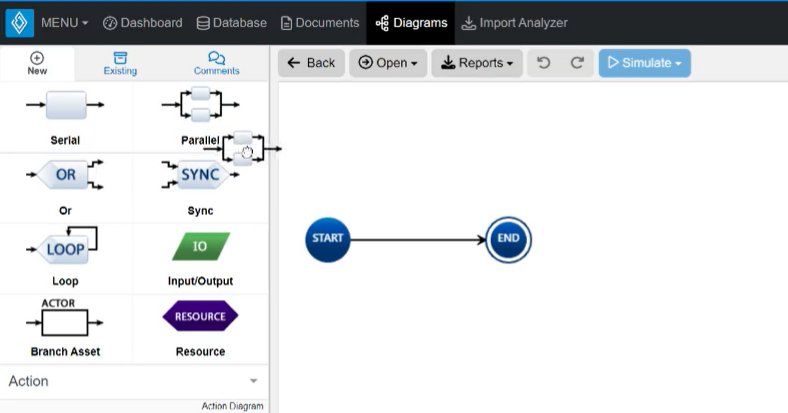
Innoslate Diagrams
Modeling is an iterative process. As you build, continuously:
Review and refine the model for accuracy
Gather feedback from stakeholders
Ensure alignment with real-world scenarios
Refining your model over time leads to more accurate and insightful results.
.png?width=256&height=256&name=iteration%20(1).png)
Embrace the feedback received and iteratively improve your model accordingly. This continuous refinement will help you create a comprehensive and robust representation of your system or process.
A well-documented model enhances clarity and usability. Innoslate allows you to:
Add descriptions and comments to elements
Capture key decisions, rationales, and assumptions
Documentation ensures your model remains understandable and maintainable.
Innoslate enables real-time collaboration. Use it to:
Share models with team members
Comment on elements to capture discussions
Keep everyone aligned and engaged
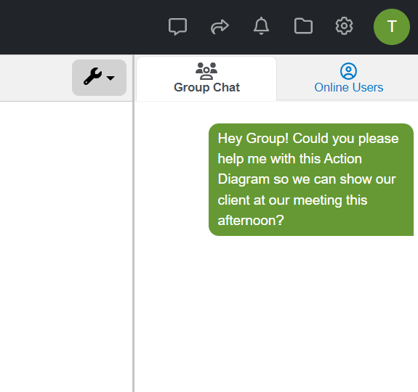
One of Innoslate’s strengths is its analysis and simulation capabilities. Leverage these features to:
Identify bottlenecks and inefficiencies
Predict outcomes in different scenarios
Simulating your model empowers you to make data-driven decisions.
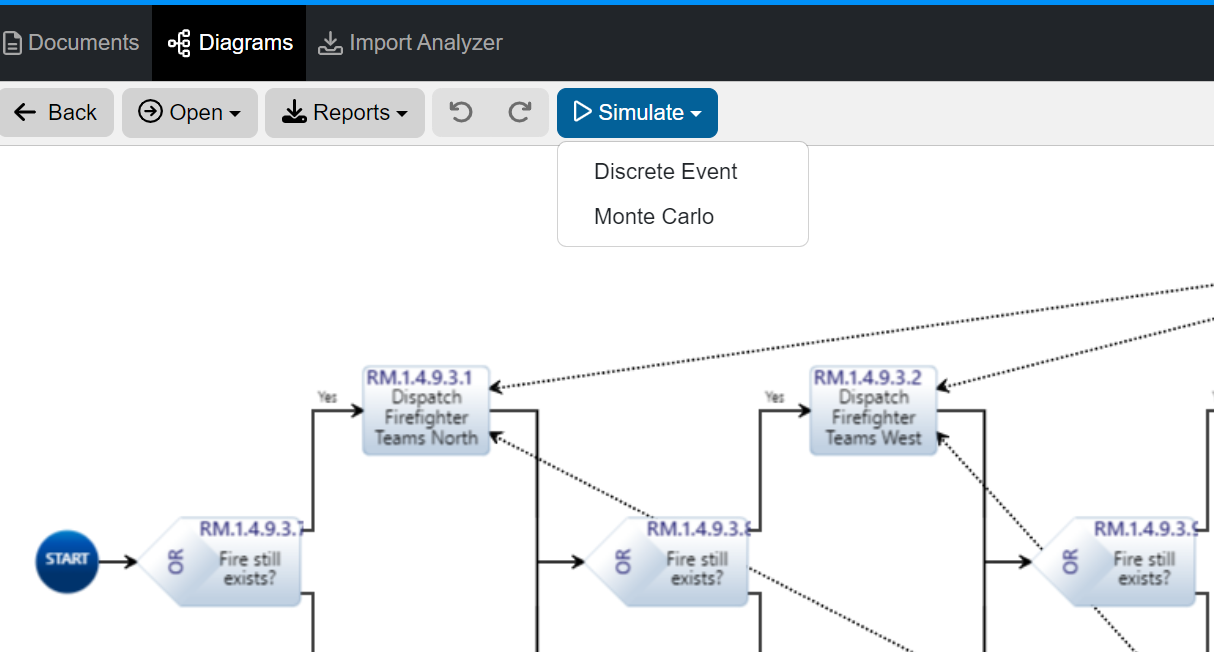
As your project evolves, keep your model up to date by:
Regularly reviewing and revising the content
Incorporating new insights and changes
Modeling is a continuous process, ensuring your system remains accurate and adaptable.
Now that you understand the fundamentals of system modeling in MBSE, it's time to apply these skills:
Sign up for Innoslate: cloud.innoslate.com/signup
Explore Innoslate training resources (tutorials, webinars, user guides)
Use the Innoslate Help Chat for real-time assistance
With practice and experience, you'll become proficient in capturing and analyzing complex systems. Start modeling today and optimize your engineering processes!
Have questions about model-based systems engineering or requirements management? Talk to an expert and see how Innoslate can streamline your projects from start to finish.
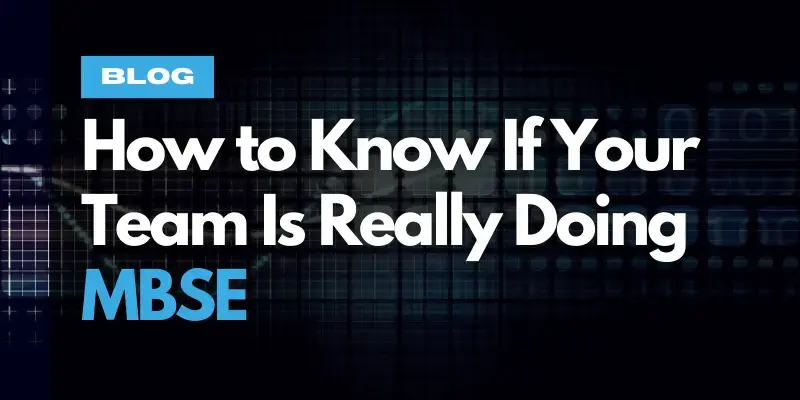
Self-Assessment Guide Model-Based Systems Engineering (MBSE) is more than drawing diagrams or using a modeling tool — it’s a disciplined approach to...
.png)
Systems engineering (SE) has multiple definitions which makes defining the fundamental concepts of the field challenging. The misconception of SE...